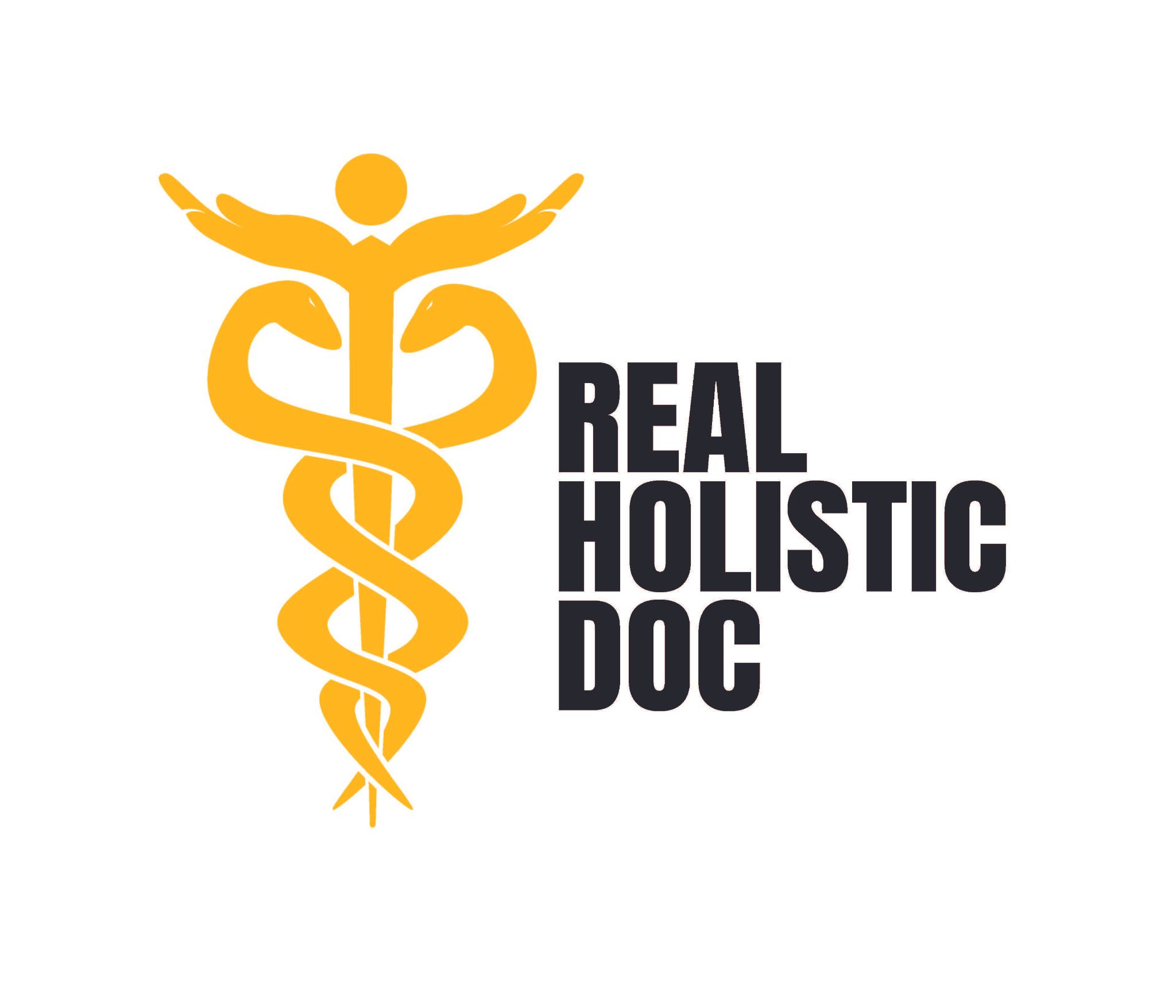RIBOSE for HEALTH & ENERGY
C. Norman Shealy, M.D., Ph.D.
The most common complaint I have heard is lack of energy. This symptom is almost universal at times and, of course, when it is continuous, it is called Chronic Fatigue Syndrome. Depression and all chronic illnesses often contribute to varying degrees of fatigue. We manufacture energy through ATP, adenosine triphosphate. And an essential requirement for ATP is RIBOSE, a five carbon sugar which actually contributes no calories but which is a crucial component of RNA, and when phosphorylated is incorporated into DNA.
Although there are many metabolic, physical and psychological aspects of fatigue, RIBOSE is one of the safest and simplest compounds to try. It is widely used by bodybuilders to enhance intense bodybuilding and improve exercise tolerance. It has also been found to be of benefit in:
Congestive heart failure
Chronic fatigue syndrome
Fibromyalgia
Sleep
Mental clarity
Pain
Well being
Ribose is best taken with food or even fruit juice. The potential side effects are mainly diarrhea if one takes too much or takes it on an empty stomach. Recommended dose is 5 grams (a slightly rounded teaspoon) three times a day. If you have any of the problems listed above, I would consider? RIBOSE, and no serious illness needing treatment (of course Congestive Heart Failure is significant but I would definitely use it there!), I consider RIBOSE the simplest and safest energy enhancer to consider.
REF:
Benson, E. S., G. T. Evans, and B. E. Hallaway. Myocardial creatine phosphate and nucleotides in anoxic cardiac arrest and recovery. Am. J. Physiol. 201: 687, 1961.
Hellsten-Westing, Y., B. Norman, P. D. Balsom, and B. Sjodin. Decreased resting levels of adenine nucleotides in human skeletal muscle after high-intensity training. J. Appl. Physiol. 74(5): 2523-2528, 1993.
Segal, S. and J. Foley. The metabolism of D-ribose in man. J. Clinical Invest. 37: 719 – 735, 1958.
Pliml, W, T. von Arnim, A. Stablein, H. Hofmann, H.-G. Zimmer, and E. Erdmann. Effects of ribose on exercise-induced ischaemia in stable coronary artery disease. Lancet 340: 507 – 510, 1992.
